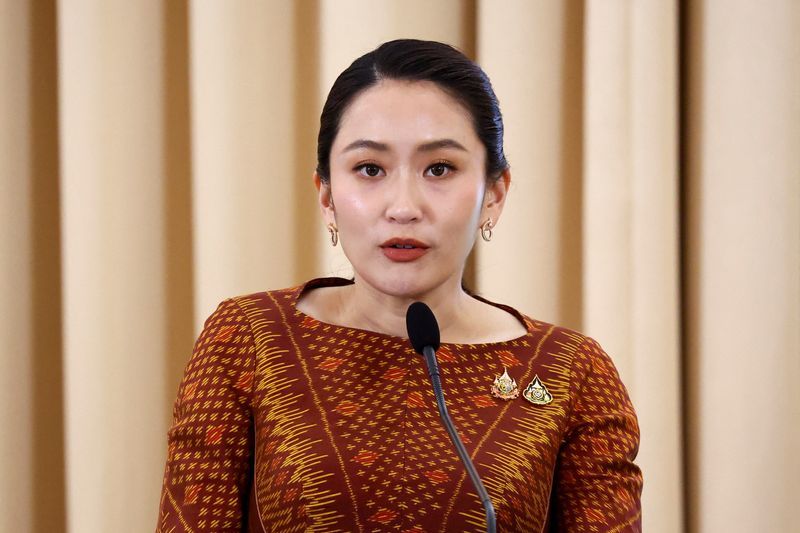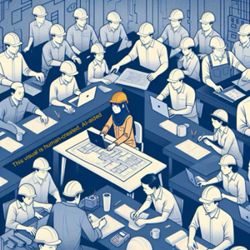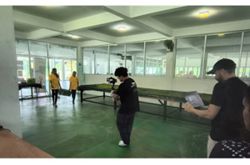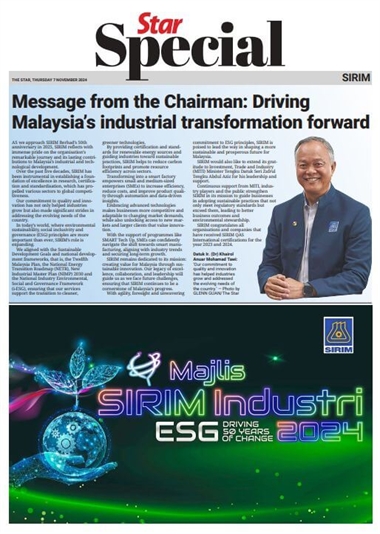
On the afternoon of April 11, 2025, an underground subway tunnel under construction in Gwangmyeong collapsed. - Photo: EPA-EFE
SEOUL: Although two days have passed since a subway construction site collapsed in Gwangmyeong, Gyeonggi Province, rescue workers are still struggling to resume the search for a missing labourer.
While the cause of the accident is still being investigated, possible structural defects and unstable ground conditions have been cited by experts, and attention is turning to broader concerns about underground construction safety, prompting the capital city to expand safety inspections to dozens of excavation sites.
On Friday (April 11) afternoon, an underground subway tunnel under construction in Gwangmyeong, just south of Seoul, collapsed, leaving one worker trapped and another missing.
While the trapped worker was later found in the early morning hours of Saturday (April 12), the other worker still remains missing.
Authorities stated on April 12 that they will begin inspections at the site to determine the cause of the accident once the missing worker is found.
As of press time, all rescue efforts for the missing worker had been suspended due to safety concerns, amid worsening weather conditions.
Though the exact cause is yet to be announced by authorities, architectural engineering professor Choi Chang-sik from Hanyang University told The Korea Herald that it could be due to “several factors, but not due to the construction method”.
“The construction method that was used at the construction site has been used for many years, particularly in underground tunnel construction. It doesn’t seem right to say that the construction method should be deemed at fault,” said Prof Choi.
“However, there may be other problems, such as structural issues leading to an increase in load and construction quality issues such as missing steel reinforcement.”
According to Representative Moon Jin-seog of the main opposition Democratic Party of Korea, an initial situation report obtained by the lawmaker from the Ministry of Land, Infrastructure and Transport stated that the underground tunnel was being built using the double-arch construction method, which involves two separate arch-like structures within the same tunnel space to provide dual support and stability in challenging ground conditions.
According to Rep Moon’s report, damages to the central pillar of the underground tunnel’s double arch structure were observed by on-site workers at 9.50pm (8.50pm Malaysia time) on April 10.
This was reported to Gwangmyeong City Hall hours later at midnight, and reinforcement work and safety inspections of the damaged pillar began at 7am (6am Malaysia time). The tunnel then collapsed about eight hours later.
“The double arch construction method is a common construction technique used to build underground structures such as tunnels, especially in urban environments where tunneling space is often constrained,” Prof Choi continued.
“Besides issues in structure and quality, other problems such as the strength of the construction site’s foundation could also be at fault.”
Although collapses of underground tunnels built using the double-arch method are rare, April 11’s incident is not the first to occur during construction.
The Gurye Underground Tunnel in South Chungcheong Province saw two collapses during its construction, in November 2012 and July 2014.
Meanwhile, amid recent incidents of ground subsidence near large-scale excavation construction sites, the Seoul Metropolitan Government announced on April 13 it will begin to conduct ground penetrating radar safety inspections of major underground excavation construction sites and surrounding areas.
The city will first finish conducting GPR inspections at three railroad construction sites in Seoul, following the recent formation of a 20-meter-wide sinkhole near a subway line extension construction site in Gangdong-gu, eastern Seoul, on March 24.
The city government has mobilised 41 personnel and 15 pieces of equipment to conduct such investigations since late March.
By the end of April, the Seoul Metropolitan Government also plans to complete GPR inspections at 50 sites across the city seen as at risk of sinkhole formations, according to reports voluntarily submitted by eight district offices in late 2024.
According to the city government on April 8, Gwangjin-gu in eastern Seoul had the greatest risk in ground subsidence, with 22 locations identified.
This was followed by Jongno-gu in central Seoul with nine identified locations and Geumcheon-gu in western Seoul with seven identified locations.
Seongdong-gu in eastern Seoul and Guro-gu in western Seoul were reported to have three each, while Nowon-gu in northern Seoul, Gangnam-gu in southern Seoul and Mapo-gu in western Seoul reported to have two each.
As for the 17 districts that did not submit such reports in 2024, the city government plans to ask the district offices to submit additional reports and carry out additional inspections based on those results. - The Korea Herald/ANN










































